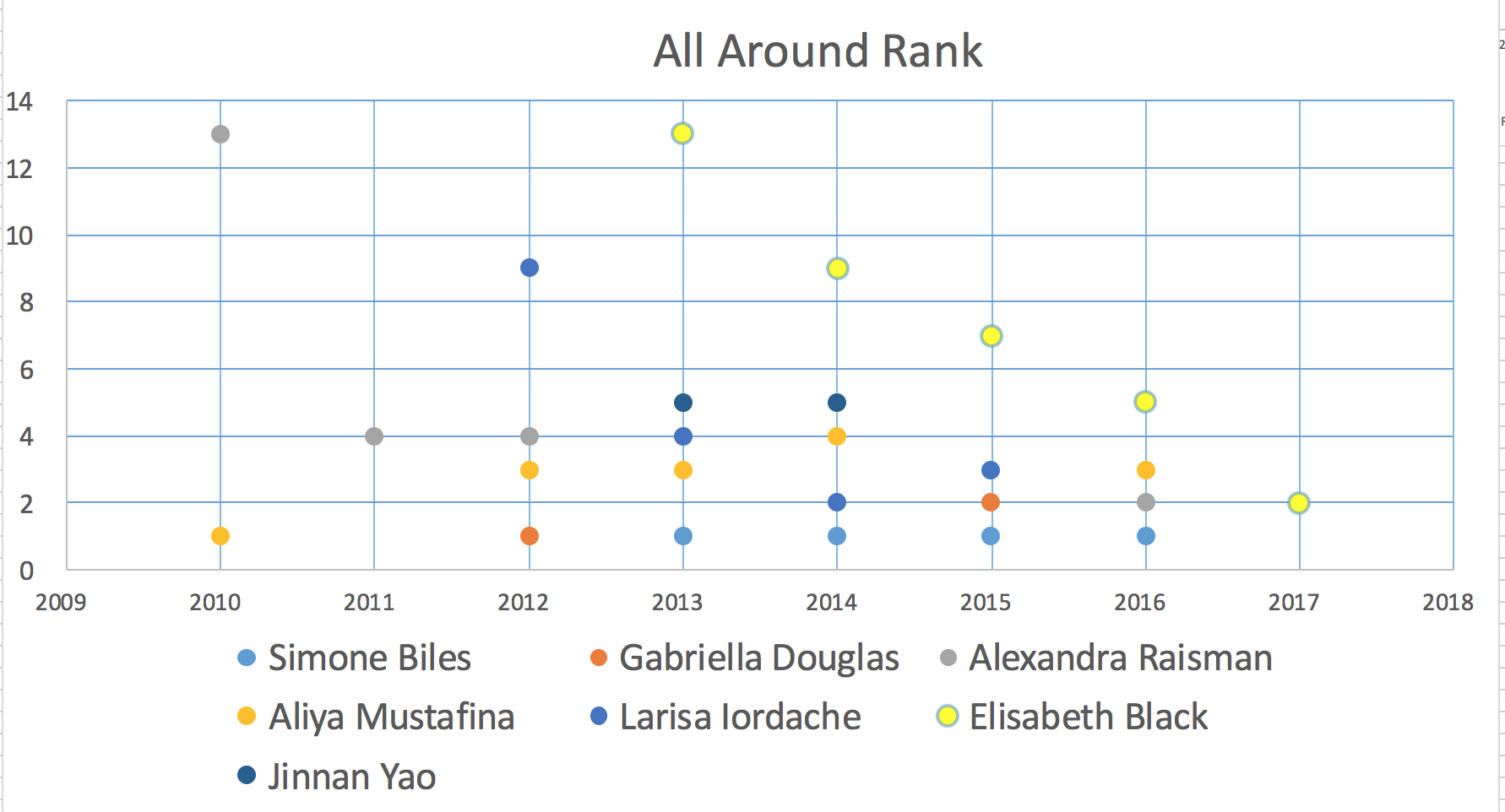Here I am sitting in the Edmonton airport, working through my first post. I have just completed the National Judging course and exam. I am pleased to have survived the test, and I will keep my high performance status as a judge in Canada. The judge is such an important part of our sport, and yet support for developing judges is minimal. I am still one of the youngest National HP judges in the country and there is not that many young people following suit. It was always my goal to pursue judging, but it is aways a challenge completing all the requirements. I have had great mentors who made sure I got my work done. Judging is a major dedication, but also a tool for the coach. As a judge and coach of high performance athletes, often, I am stuck deciding at certain events if I want to judge to fulfill my requirements as a judge or coach my athletes. The next step for me would be to apply for Brevet Candidate to get international assignments, but to be honest, I don’t know how I would make it happen because of my dedication to coaching. It is very hard to do both, but ultimately one compliments the other and we need judges. I would like to see more young people judging and pursuing HP judging. I hope that somehow it can become more available and encouraged, especially to transitioning athletes and coaches who want to have an edge. Judging knowledge is crucial for coaching effectiveness.
It is interesting that this is where I am today, pondering my status within the Master’s program. I decided to continue in the HP Judging stream because it is an advantage while I am in the Master’s and working with HP athletes. I can use my depth of knowledge of the Code of Points to create the most effective routines for the athlete.
I spent the month of September trying to navigate through the chaos that is organizing the season, balancing my personal life, and starting the second portion of the Master’s. I promised myself that I would get organized by the end of October, so here I am.
This brings me to my starting point…
I know for sure that I am interested in providing a holistic environment for gymnasts to be successful. I want my research to help provide context to athletic longevity, health and well-being. There is an opportunity for gymnastics to engage athletes for a longer period of time. My questions are; how do we create a sport lifestyle for gymnasts over the age of eighteen? What did the training atmosphere look like during development for athletes who are still participating in high performance gymnastics as adults? Was the daily training environment cut-throat? Did the athletes have fun? Were they mostly injury free? Are they still injury free? What volume of training and intensity?
Canadian gymnastics recently made history with Ellie Black and her Podium finish at the World Championships this month. This was the first All Around 2nd place finish of all time for Canadian athletes at a World Championships. It was incredibly emotional and Canadian gymnastics fans are still in awe of our favourite Canadian athlete.
I am excited because Ellie has a rich and holistic athletic past. Her athletic history provides context to my research as a Canadian coach, leader and researcher.
Last year, in KIN 515 Gap Analysis, I produced a Podium Results Track using research from Ellie’s sport portfolio. She has now been to two Olympics and four World Championships. Check out her progression. The other interesting part of this research is that only two of these athletes competed in 2017 after the 2016 Olympics. Larisa Iordache was injured in the first part of the competition. So Ellie is doing something right, she has maintained her health and continues to progress. This is the start to providing more evidence of long term athlete development in artistic gymnastics.

Please check out her amazing results! Go Canada!
References
Sportsnet. (October 7, 2017). Canadian Press. Canada’s Ellie Black finishes fourth at gymnastics worlds. http://www.sportsnet.ca/olympics/canadas-ellie-black-finishes-fourth-gymnastics-worlds/



david hill
November 26, 2017 — 8:41 am
Jesse, congratulations on completing your HP judging qualifications. It is fantastic to see your desire to grow. I am fascinated by judged sports and how this can inform performance at the highest level. I wonder how the code of points could be applied to help Gymnasts progress and stay in the sport. From what you have told me so far, it seems that refining the code of points system has allowed older athlete to continue in the sport. Therefore it would be interesting to see how the code could be applied to look at optimal individualized scoring. I was amazed to see Chusovitina competing at 42! Certainly an outlier, but perhaps a harbinger to the future of the sport. Will more nations take chances on their older athletes to produce podium results? It would be interesting to see whether a world class score is obtainable with less difficulty but greater execution. Further, how does the four year cycle impact gymnast performance and selection. I suspect that if Simon Biles was one year older she would have been in the London games (how would she have done as a 16 year old?). It seems that being born in a certain year will either mean early or later entry into the olympic games. Do 18 and 19 year olds typically outperform 16 -17 year olds? I would suspect that the older athlete may do better, simply because they have greater training age. I really think you are on the right track. The ability to examine scoring data of the world’s top athletes over the past several year would be pretty revealing.
Jesse Jakins
January 19, 2018 — 1:21 am
Right! The 16-year-old Simone may not have been the best, but she was the best at 17, 18, and 19. She is training again and I am excited, because every time a gymnast returns to competition it is helping my theory. I want to know if the 18, 19, 20+ can be stronger? Does the training time and cognitive brain development help or hinder longevity? Is it physical or mental? Can Ellie Black continue to improve and keep up with Simone in 2018? Ahh?exciting stuff to track.
Thank you for the post, sorry for the delay. I will be posting again soon.
J
david hill
April 18, 2018 — 7:03 am
Jesse, let me know where you are at with your research question. I think it is a neat idea to do an analysis of gymnasts pathway development. The trick is finding the information on top gymnasts and tracking back different milestone events. Eg. When did they start? What was there breakthrough competition? What was their scoring pattern across different events over time? What was their historical training volume? How many injuries did they have?
An interesting point on the last question about injury. After watching the olympics I was amazed by the number of athletes who came back after having a long injury period. Anecdotally, I would call this “forced recovery”. In other words, are injuries a beneficial element to ensuring optimal recovery for long term performance gains? I may have mentioned to you that my niece in Calgary is a high level gymnast. She is 11 years old and is totally immersed in the crazy training of competitive gymnasts. I could comment on the volume of training and my thoughts on how much training is necessary compared to the time they spend at the gym, but that is another story. Anyway, she got injured in January with a broken toe. Luckily it was one of her smaller toes, but she was still forced to take about 5 weeks off. When she returned, she was able to buddy wrap the broken toe and start back to training. I talked to her mom about how she responded and although she missed the routine of the gym, she was able to return with little or no detriment in previous performance levels. The result, she one all-around at the Alberta provincials last weekend.